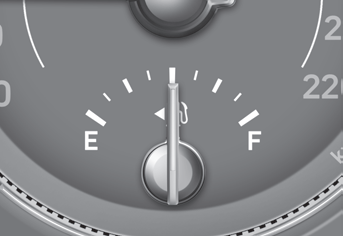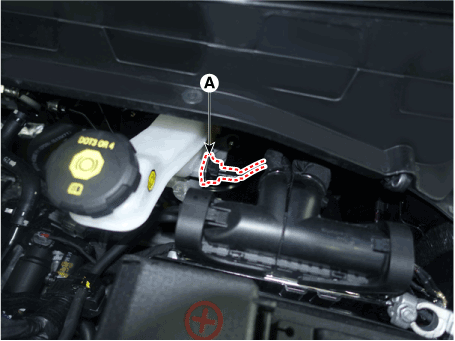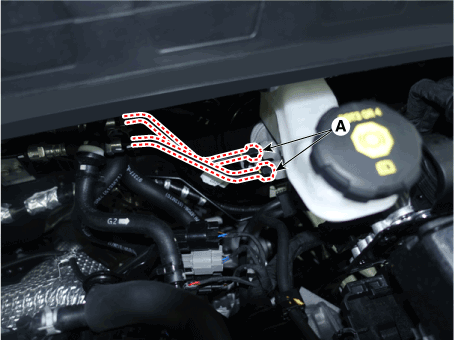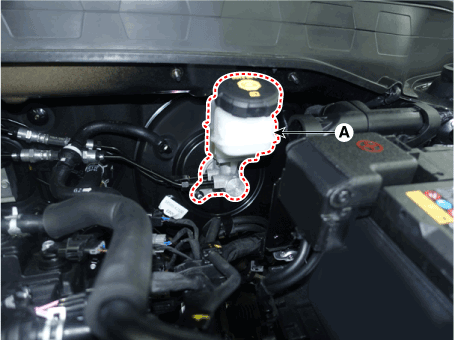Hyundai Venue: Master Cylinder / Repair procedures
| Removal |
| 1. |
Turn ignition switch OFF and disconnect the negative (-) battery cable.
|
| 2. |
Disconnect the brake fluid level sensor connector (A).
|
| 3. |
Remove the brake fluid from the master cylinder reservoir with a syringe.
|
| 4. |
Separate the brake tube (A) from the master cylinder by loosening the
tube flare nut.
|
| 5. |
Remove the master cylinder (A) after loosening the master cylinder nuts.
|
| Installation |
| 1. |
Install in the reverse order of removal.
|
| 2. |
After installation, bleed the brake system.
(Refer to Brake System - "Brake Bleeding Prcoedures")
|
| 3. |
Check the brake oil leakage and pedal operating condition.
|
 Brake Line
Brake Line
..
Other information:
Hyundai Venue (QX) (2020-2025) Owners Manual: Wheel Replacement. Tire Traction. Tire Maintenance
Wheel Replacement When replacing the metal wheels for any reason, make sure the new wheels are equivalent to the original factory units in diameter, rim width and offset. Tire Traction Tire traction can be reduced if you drive on worn tires, tires that are improperly inflated or on slippery road surfaces...
Hyundai Venue (QX) (2020-2025) Service Manual: Purge Control Solenoid Valve (PCSV). Schematic diagrams
..
Categories
- Manuals Home
- 1st Generation Venue Owners Manual
- 1st Generation Venue Service Manual
- Immobilizer System
- Smart Key
- Warning and Indicator Lights
- New on site
- Most important about car
Fuel gauge

This gauge indicates the approximate amount of fuel remaining in the fuel tank.
Information
The fuel tank capacity is given in chapter 2. The fuel gauge is supplemented by a low fuel warning light, which will illuminate when the fuel tank is nearly empty. On inclines or curves, the fuel gauge pointer may fluctuate or the low fuel warning light may come on earlier than usual due to the movement of fuel in the tank.
Copyright © 2025 www.hvenueqx.com





